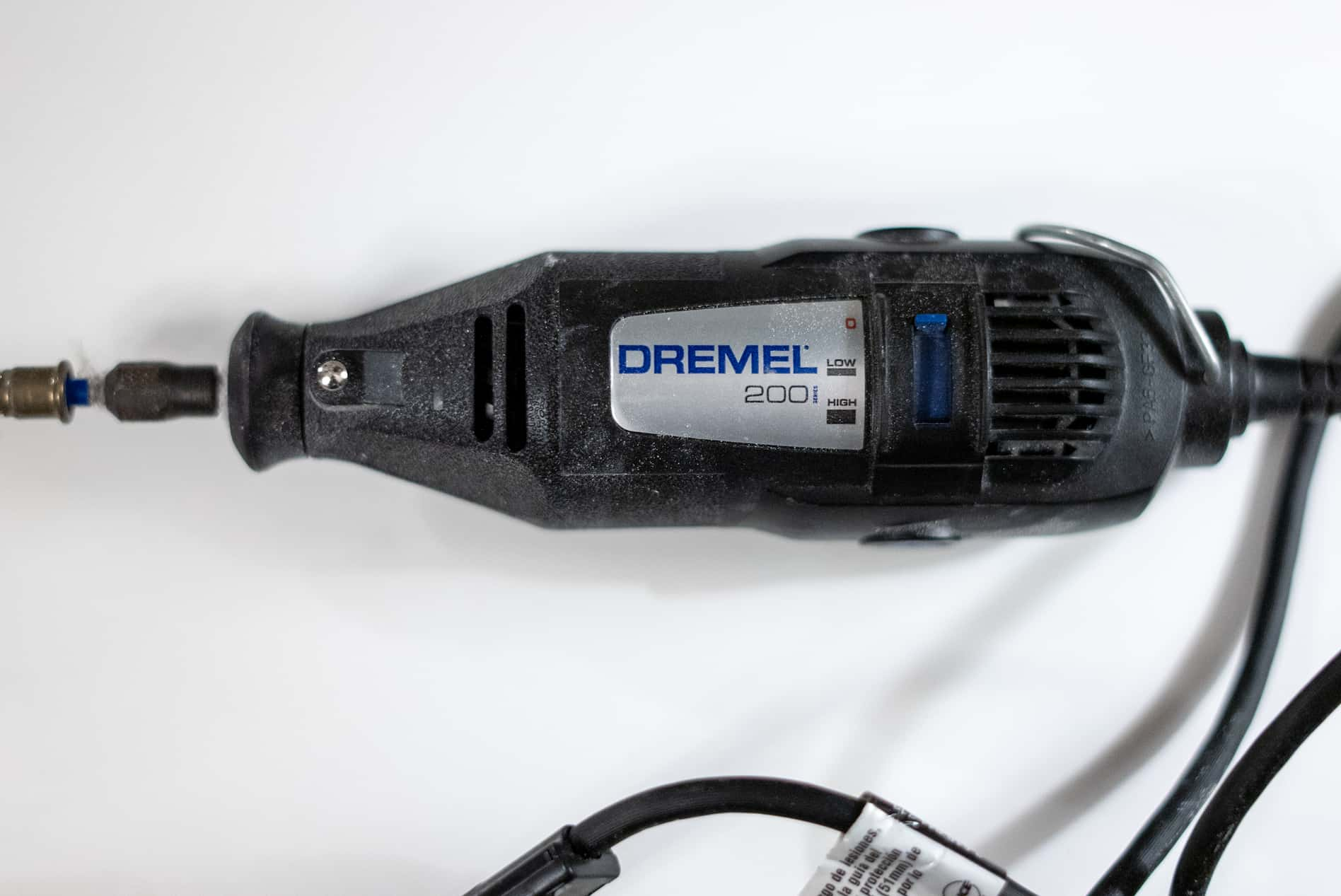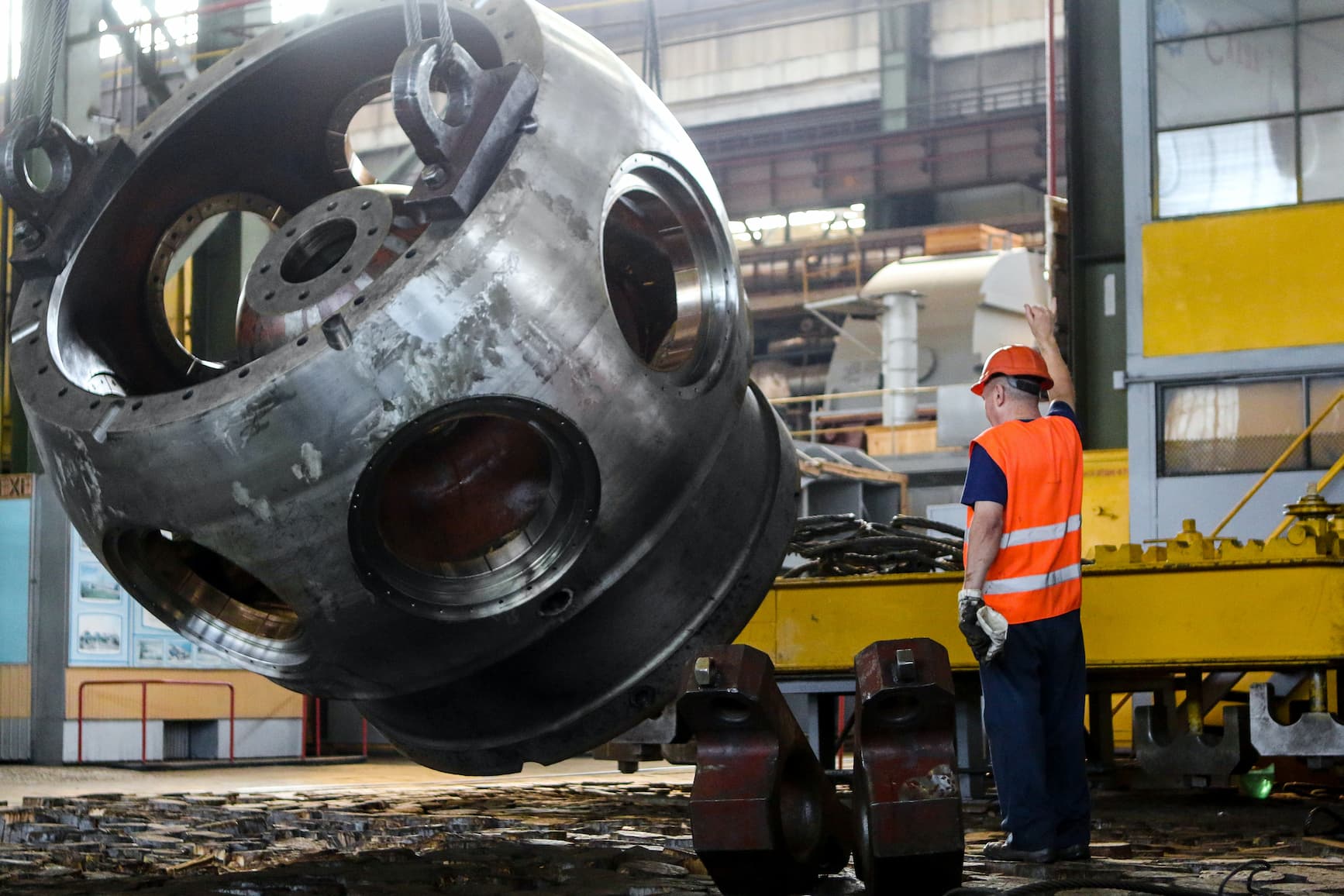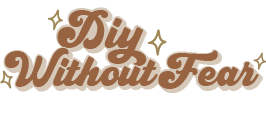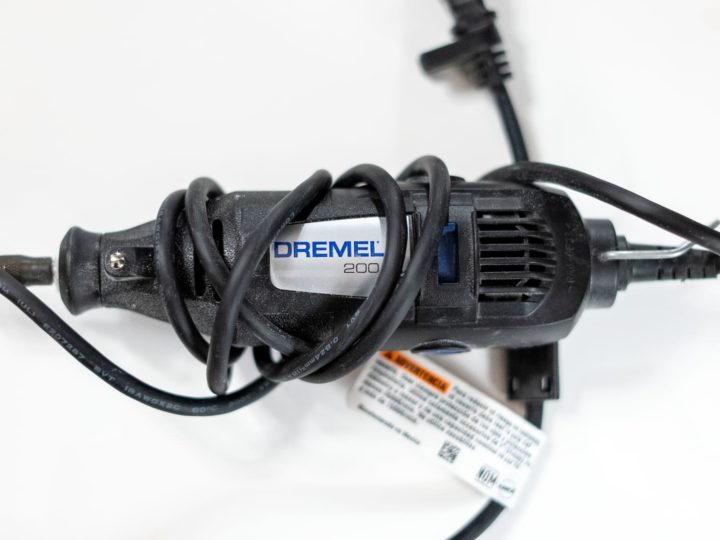As an avid DIYer, I know the right tool can make any job easier. But knowing which tool is right for the job can be difficult – and if you’re just a home enthusiast like me, it can be even harder to know if you need that specialty tool you’re been reading about, or if it’s better suited for a pro. Below, I compare Dremels, Rotary Tools, Die Grinders, and Rotozips so you know exactly which one fits your project best.
| Dremel | DIYers and Pros | Small projects |
| Rotary Tool | DIYers and Pros | Small projects |
| Die Grinder | Primarily Pros | Large projects |
| Rotozip | Primarily Pros | Specific cutting projects |
Dremel vs Rotary Tool vs Die Grinder vs Rotozip: Which to Choose?
Dremels and Rotary Tools (which usually refer to the same type of tool) are used for smaller-scale projects, while Die Grinders and Rotozips are more often, though not always, used by professionals on larger-scale projects. If you are looking to sand, grind, buff, shape, or prep, choose the Dremel, Rotary Tool, or Die Grinder, and if you’re looking to cut, the Rotozip can be a good choice.
Movement: The Difference Between A Rotary Tool and An Oscillating Tool
Before we go any further, know that there are two main types of movement in power tools – rotary and oscillation. (Can you tell I was a teacher in my previous career? Click here to learn more about me if you’re interested)
You can think of rotary as rotational, like the blades of a fan spinning around a single axis. Common tools that use rotary motion include drills, Dremels, Rotary Tools, circular saws, miter saws, etc.
For oscillation, think of the movement as back and forth, up and down, or even vibration. The movement is still along one axis, but instead of circular motion, it’s more lateral. Common tools that use oscillation as their main form of motion include jigsaws, multi-tools, etc.
Dremels

What is A Dremel?
Dremels are rotary tools (tools that spin on an axis, like a fan) sold by a company of the same name, which is owned by the Robert Bosch Tool Corporation. Dremel’s rotary tools are about the size of an adult hand and are long and relatively thin – about the same size as an ear of corn. The end of a Dremel tool accepts many different attachments, which I’ll discuss more below. The company has been the biggest name in the rotary tool market for so long that nearly all rotary tools are referred to as Dremels.
What are Dremels Used For?
Dremels can be used for a huge variety of projects: sanding, scraping, grinding, polishing, routing, cutting, removing grout, sharpening, etching, engraving, drilling, cleaning, etc. Because of the huge accessory library that Dremel has cultivated, a single tool can serve a lot of different purposes.
I’ve used my Dremel to cut off nails left over from carpet tack strip in our first house (definitely check out that post – the transformation is STUNNING), cutting plexiglass, and a lot more – it’s an incredibly versatile tool!
Rotary Tools
What is a Rotary Tool?
Rotary tools consist of a blade, piece of sandpaper, or other attachment on the end of a motor in a housing about the size of an ear of corn. They look (and operate) nearly identical to Dremel rotary tools, but without the brand name.
What are Rotary Tools Used For?
Rotary tools are used for all of the same things that Dremels are used for: sanding, scraping, grinding, polishing, routing, etc. That’s because they are generally the same tool – more on that below.
Is a rotary tool the same as a Dremel?
Dremel makes rotary tools, but not all rotary tools are Dremels. Both refer to tools that use rotary motion, which refers to spinning on a single axis – much like how a fan rotates. Some other companies that sell rotary tools include Milwaukee, Ryobi, Dewalt, etc. With that being said, Dremel is kind of like Kleenex – its name is both a brand and a product. If someone asks you to hand them the Dremel, they probably actually mean a rotary tool.
Dremel is known for and primarily sells rotary tools, but they also make oscillating tools and saws (along with TONS of accessories for every type).
Die Grinders

What is a Die Grinder?
Die Grinders are generally heavy-duty power tools that are both heavier and larger than rotary tools / Dremels. Though a Die Grinder is technically a rotary tool, it is generally not referred to as such. Die Grinders are often pneumatic, though there are electric models, too. Die Grinders tend to suit professionals rather than DIYers.
What are Die Grinders Used For?
Die Grinders are generally intended to work with metal (they got their name from grinding down dies in manufacturing and tooling before CNC machines took over), but can also be used on plastic or wood. They can be used to polish large areas of metal, can help smooth out surfaces (like when welding), can remove rust quickly and easily, etc. Die Grinders can basically do anything a Dremel or rotary tool, but faster and at a larger scale.
Rotozips

What is a Rotozip?
Rotozips are specialty tools that use rotary motion and a drill bit to allow for easy plunge cuts. Rotozip is also a brand name – ubiquitous with the tool, just like Kleenex or Dremel.
What are Rotozips Used For?
Rotozips are primarily used for cutting holes in drywall, but they can be used on a variety of materials for trimming and cutting. It can be great for creating sink cut-outs, cutting plexiglass, etc. That being said, many of the tasks rotozips can be used for can be accomplished with other, less specialized tools.
If I can only choose one, which should I choose? Dremel? Rotary Tool? Die Grinder? Rotozip?
My two cents (as a self-proclaimed tool collector and avid DIYer) is to just buy a Dremel. I bought this lower-end model years and years ago, and have been incredibly happy.
Dremel is the biggest name brand of rotary tools for a reason, and while Die Grinders and Rotozips are super fun…they’re probably not going to be what you reach for time and time again. DIYers aren’t usually milling and manufacturing their own dies, and Rotozips, while useful, just aren’t versatile enough to justify the cost and the space one would take up in your shop.
You can do basically everything a Rotozip can do with a Dremel or a jigsaw (I upgraded from a corded jigsaw and will never look back!)
Cordless Options for Dremels, Rotary Tools, Die Grinders, and Rotozips
Cordless Options for Dremels and Other Rotary Tools
I absolutely adore my cordless tools – they are very much worth the investment. That being said, my Dremel is corded – and that’s for two reasons:
- I don’t want to deal with more than one type of cordless tool charger, tons of cables, or charging dongles. Life is complicated enough as is!
- I typically use my Dremel in a place where I have easy access to an outlet or extension cord
My best advice when trying to decide between cordless and corded is…where are you going to be using the tool? Would you find more value in being able to purchase additional accessories and go with a corded unit, or does the mobility of a cordless unit sound more appealing? Only you can know!
Cordless Options for Die Grinders
While die grinders are available in both corded and cordless models, there are wide variations in how much actual power each type will give you – this corded one is rated at 11 Amps and 14,500 RPM, while this one does 25,000 RPM. That being said, I’ve found over the years that even if the specs of a battery-powered tool look comparable to a corded one…when it comes to heavy-duty jobs, the corded one always wins.
Cordless Options for Rotozips
If you’re interested in a Rotozip, you might want to think about buying a cordless model. That being said, if you search for ‘Cordless Rotozip’, you may come up empty-handed. Since Rotozip is a brand name, the other manufacturers have had to call it something else – and most end up calling it a drywall cut-out tool. Try searching for that instead!
Do Dremel accessories fit other rotary tools?
Usually, Dremel accessories fit other rotary tools – but only if the collet (the part of the tool that holds the accessory on) is the same size. With the high RPMs that rotary tools use, it’s better to just go for the same brand of accessory that your tool is. If you’re using a Milwaukee rotary tool, use their accessories. If you’re using a Dremel rotary tool, use their accessories. Better safe than sorry!
As a side note, the EZ Lock system from Dremel is stellar. It leaves very little room for error, locks in the accessories completely, and has never failed on me. Plus, changing out nearly every accessory is toolless! This is my favorite kit – do yourself a favor and pick it up. The next time you’re in the middle of a project only a Dremel can solve, you’ll be glad you have the attachments to choose from!
What’s the difference between a rotary tool and an oscillating tool?
The difference between rotary tools and oscillating tools lies in how they move: Rotary tools spin along a single axis, like a fan blade, and oscillating tools move back and forth, like a sound wave. I’ve found rotary tools are great when you’re looking for accuracy, and oscillating tools are wonderful when you’re making less precise or larger cuts.


anonymous
Tuesday 25th of July 2023
I wanted to read your page, but there were too many ads that popped up. I counted over 15 ads on your page. I am just going move along and find somewhere else to go that doesn't have so many google ads all over the page. I can understand your need to make money, but your page is unusable. If this is what is going to become of the internet, I don't want any more of it.